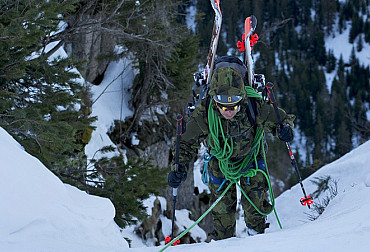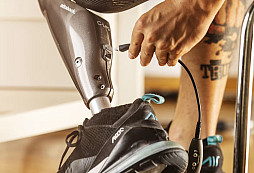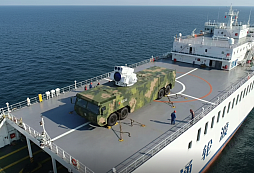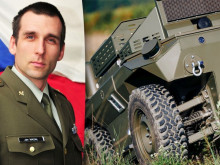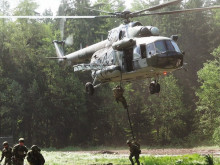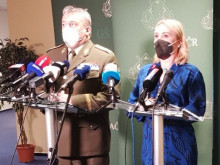Czech soldiers are servicing equipment which is older than themselves Although army modernization is in progress, it’s too slow
The average age of Czech soldiers is over thirty. Despite of it, they use equipment of an older manufacture date. It is a kind of ironic, but also a sad look. There is a lot of military museums in the Czech Republic, and if their expositions include postwar armament of the Warsaw Pact armies, they are sometimes indistinguishable from the fleets of vehicles of the Czech Armed Forces. Take a look at the most visible examples.
UAZ-469 is a Russian off-road all-wheel drive vehicle. It has been produced from 1971 to 1985 and is the main vehicle for the transportation of Czech soldiers across exercise area till now. Then Czechoslovak People's Army purchased these vehicles in 1974, so they can celebrate 45th anniversary of service in the Czech Army! These vehicles were partially replaced in the Czech Army by British Land Rover Defender, which were designed in 1983 and have been manufactured till 2016. In spite of their age, these both off-road vehicles are popular among the Czech soldiers. Nowadays, the Army of the Czech Republic is making inquiries for more modern vehicles.
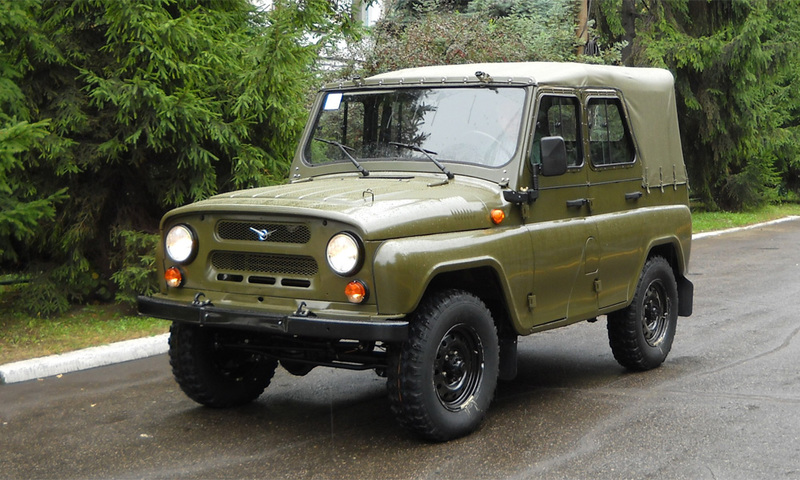
Picture: At present day, the Czech Army has a little over 600 UAZ vehicles (in the picture), and more than 700 Land Rover Defender vehicles of different versions | army.cz
One of the possibilities how to replace ageing UAZ’s and LR Defender’s, is - especially due to its universality and well-known resistivity - Toyota Land Cruiser 70 (LC 70). Possibilities of the LC 70 versions not only cover all for what the army now uses LR Defender’s and UAZ’s, but there are also other versions falling into N1G and N2G categories, which give even wider usage together with unification of the chassis platform.
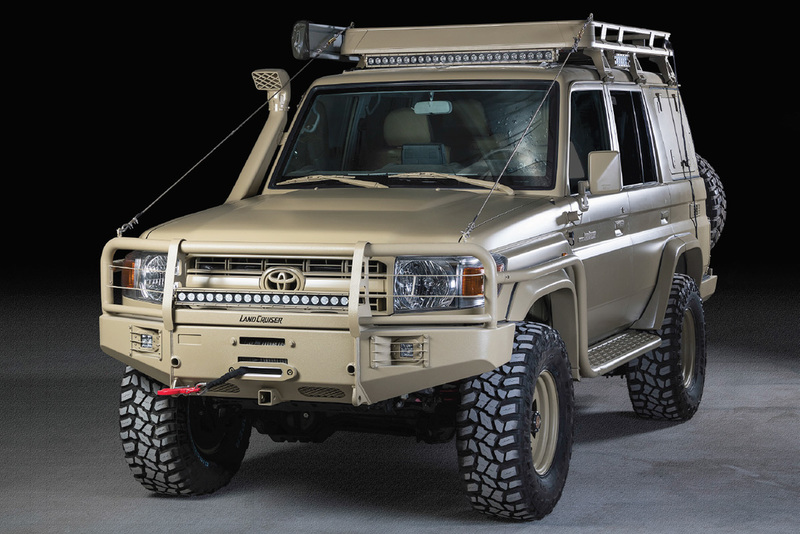
Picture: Toyota Land Cruiser 70
The series 70 can be equipped with full lock of both differentials; the drive of axles is solved classically: the rear axle is permanently driven and the front drive can be whenever connected. The series 70 experienced facelift and several improvements in 2007, such as Stability and Traction Control System, Hill Start Assist, Electronic Brakeforce Distribution or Emergency Braking Supporting System. In general, it is possible to install all sorts of military and working systems, different designs of cabins, superstructures, usable modules and weapon systems to the Toyota Land Cruiser 70 chassis. In contrast to LR Defender, LC 70 can be equipped with either a manual or automatic transmission, including the unique stepless hydrodynamic VDS transmission or Tire Inflation System (STIS).
As a possible substitution of the LR Defender 110 Kovboj and LR Defender 130 Kajman vehicles, which now serve for paratroopers and the 601st Group of the Special Forces, the vehicles might be used for parachutist and special units named RDV Gepard (Rapid Deployment Vehicles) and LRPV Gepard (Long Range Patrol Vehicles).
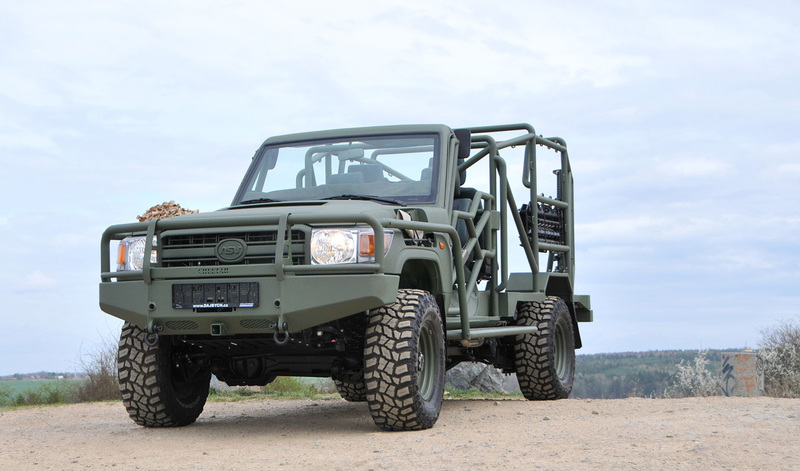
Picture: RDV Gepard on the chassis of Toyota LC 70
The RDV and LRPV Gepard vehicles on the Toyota LC 70 chassis are designed with regard to the corresponding bearing capacity of the equipment, armament and additional protection with a sufficient weight reserve and excess of motor power. RDV Gepard is primarily a quick reconnaissance vehicle with a four-member crew with the maximum weight up to 3.5 t, LRPV Gepard is determined for the special purpose units with a six-member crew, very long cruising range and maximum weight of 5.5 t.
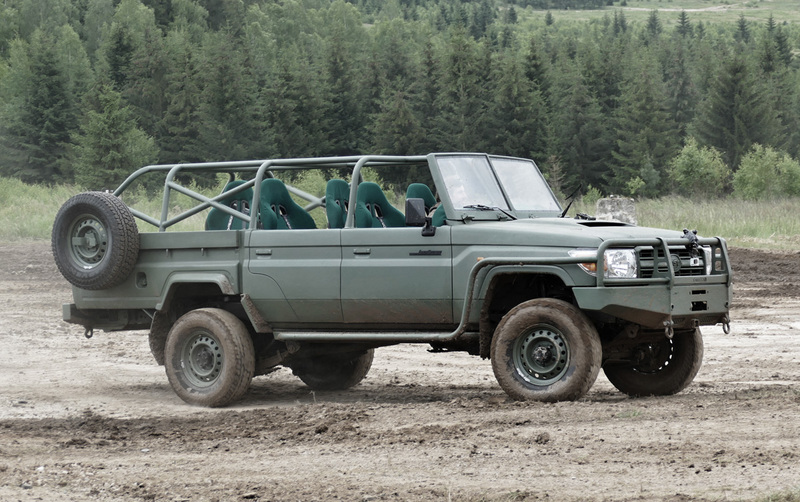
Picture: LRPV Gepard on the chassis of Toyota LC 70
The design enables installation of ballistic protection elements up to Level 2 according to the STANAG standards, whereas it doesn’t influence the armament (one heavy and two light machine-guns with carriages, man-portable anti-tank systems, crew personal arms), vehicle electronic and communication equipment, vehicle and crew military hardware (including camouflaging means, mounting and engineer materials), vehicle weapon and crew’s units of fire and reserves of food, potable water and fuel necessary for several-day independent activity of the crew.
Mil Mi-24 or Mi-35 „Hind“ is a famous Russian fighting helicopter, which was included in the Soviet armament in 1974. During the ‘80s, they were especially deployed in the Russian-Afghan war, and also served in the Czechoslovak People's Army. They have been serving till now, but should be deactivated at the nearest time.
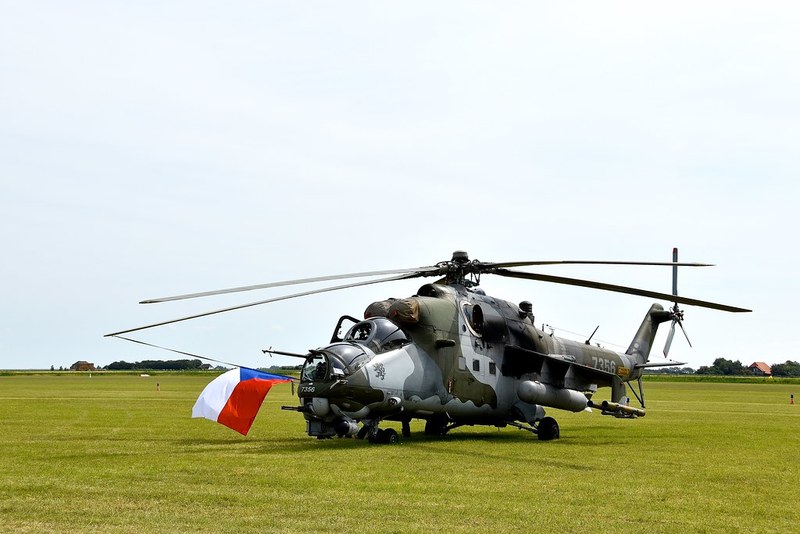
Picture: MIL Mi-35 on service of the Czech Armed Forces | Flickr with the owner's consent
The Czech Army is going to buy attack and multi-purpose Viper and Venom helicopters from USA for 14.5 milliard CZK. Together with the helicopters, the quotation price also includes equipping them with arming systems, ammunition, maintenance and personnel training and exercises. The helicopters should be at the disposal in 2023.
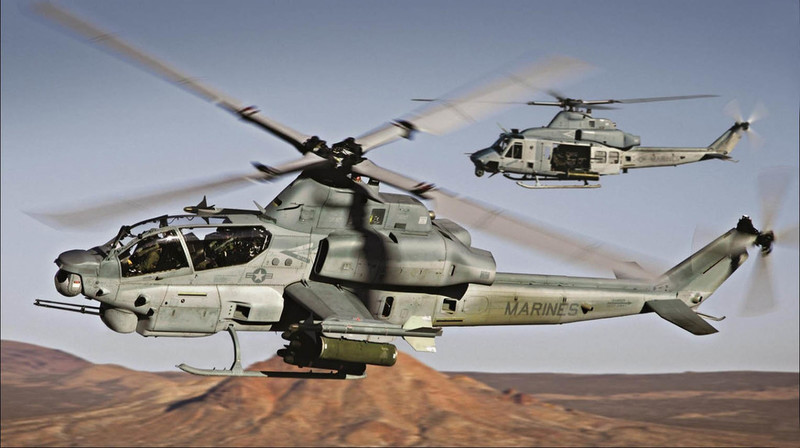
Picture: Bell AH-1Z Viper Attack Helicopter (at the forefront) and its little multi-purpose brother UH-1Y Venom | army.cz
The Mi-8 transport helicopter (NATO code: „Hipp“), however, will continue to have its place in the Czech Transport Aviation, although its original design is even older. The Soviets included them in their armament in 1967; and the Czechoslovak People's Army purchased them in the same year. To be honest, the current Czech Army disposes of its modern version, Mi-8AMTŠ (Mi-171Š), which were obtained in 2005 within compensation of the Russian debt.
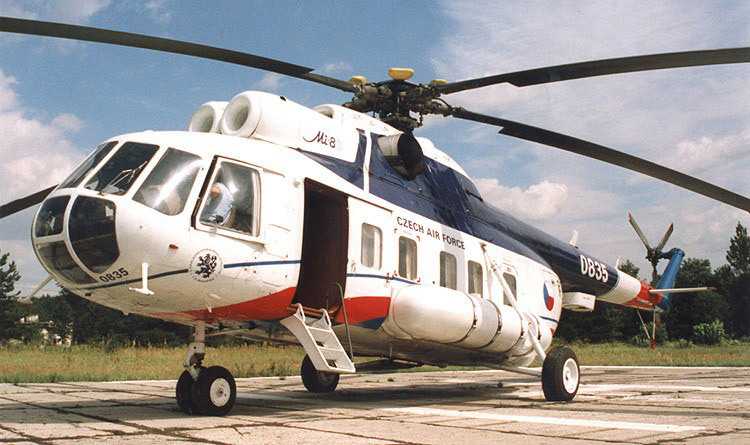
Picture: Mil Mi-8, among other things, is being used for the transportation of Czech Governmental Delegation till now | army.cz
The Czech Army further disposes of the modernized T-72 M4CZ tanks. Number of armies has been arming with the Soviet T-72 tanks till now, and each of them found out its own way of modernization. In 1994, the Czech Government decided to modernize 353 tanks, but the result was sad: just 30 pieces was modernized to the level of the 3rd generation. Nowadays the Czech Army disposes of even the only Tank Battalion, in which only one Tank Company disposes of ten T-72M4CZ. As with other armament, much has been said about the purchase of new tanks, but there is not enough money for it in the governmental budget.
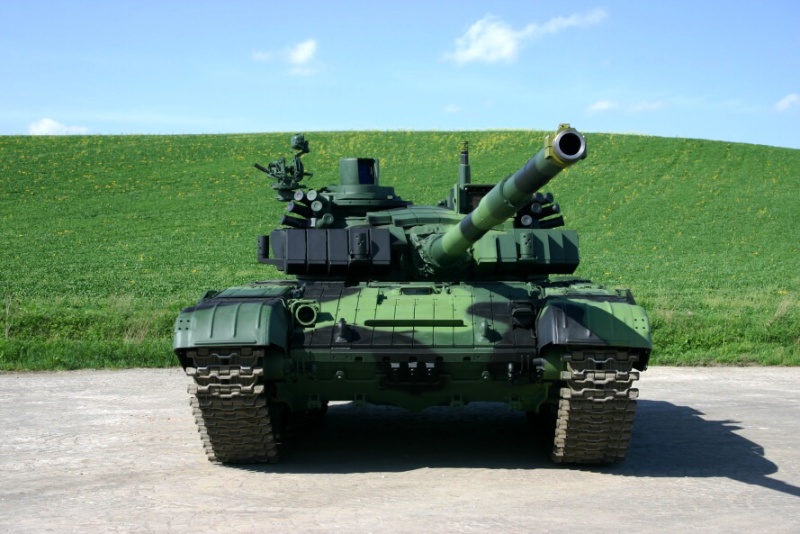
Picture: T-72 M4CZ in the 1st Tank Company of the 73rd Tank Battalion | army.cz
The BVP-2 Infantry Fighting Vehicles (the 1980s), DANA Self-Propelled Gun Howitzer (the 1970s), other cannons and trench mortars are also ranked between very old military equipment of the Czech Army. Procurements of modern successors are planned for all of the above-mentioned cases.
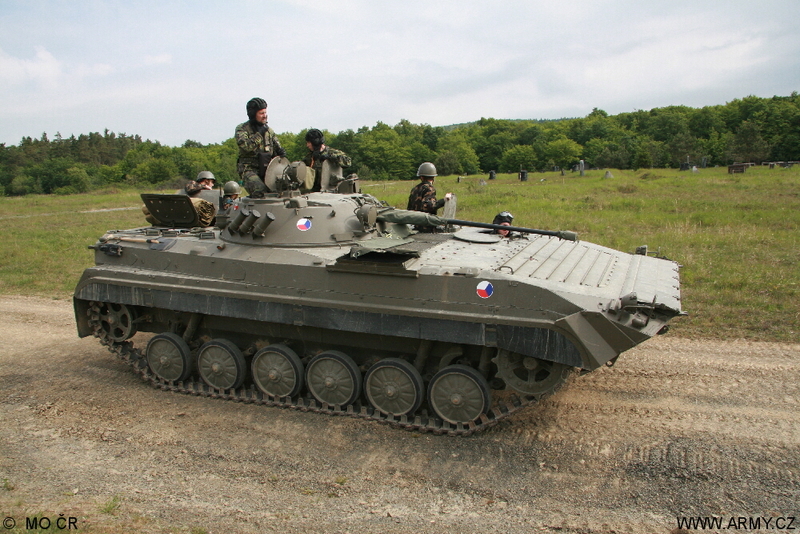
Picture: The Army of the Czech Republic is going to replace the obsolete BVP-2 machines | army.cz
The multi-round tender for the delivery of 210 new tracked infantry fighting vehicles is now in a phase of the call of the submitter to send preliminary offers. Together with the main part of the document, the Call also includes 16 thematic annexes and detailed description for the suppliers regarding the structure of the preliminary quotation to be submitted, and how and when they have to submit it. The Ministry expects the suppliers to accept and concretize technical parameters of the offered vehicles in the preliminary quotation, to approve the time schedule of deliveries and to propose a price of the goods (first of all of the vehicles, but also training, simulators, etc.), life time of the vehicles and spare parts. The suppliers will also have to accept the procedure rules and submit a proposal of involvement of the Czech industry into the procurement. MoD expect that preliminary quotations will be submitted at the beginning of October 2019.
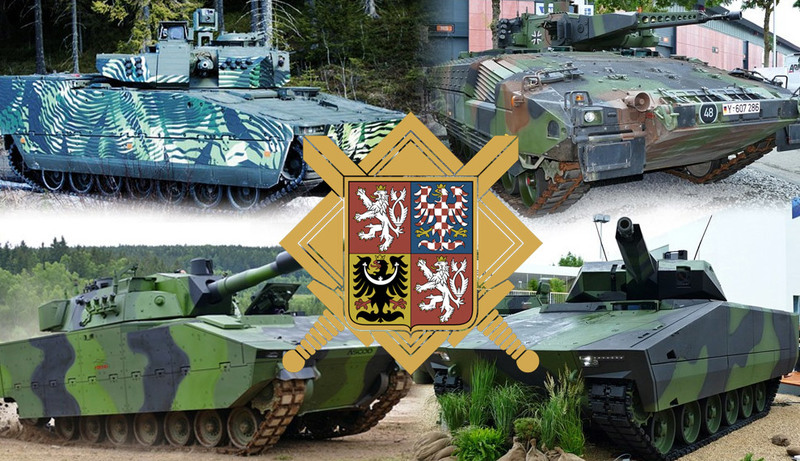
Picture: New infantry fighting vehicles for the Army of the Czech Republic are offered by BAE Systems, General Dynamics European Land Systems (GDELS), Rheinmetall Landsysteme and PSM
On the contrary, they were succeeded in modernization of the Fighter Aviation, so the Czech Republic deactivated MIG aircraft and hires fourteen JAS-39 Gripen planes, which fall into the turn of the 80s and 90s of the twentieth century. They were also succeeded in the replacement of the wheeled OT-64 (SKOT) armoured personnel carriers, which came from a common Czech-Polish project in the turn of the 50s and 60s. The current Czech Army uses Pandur II. The above-mentioned two finished modernizations, however, were accompanied by an investigation due to corruption. And they were realized ten or fifteen years respectively.
















